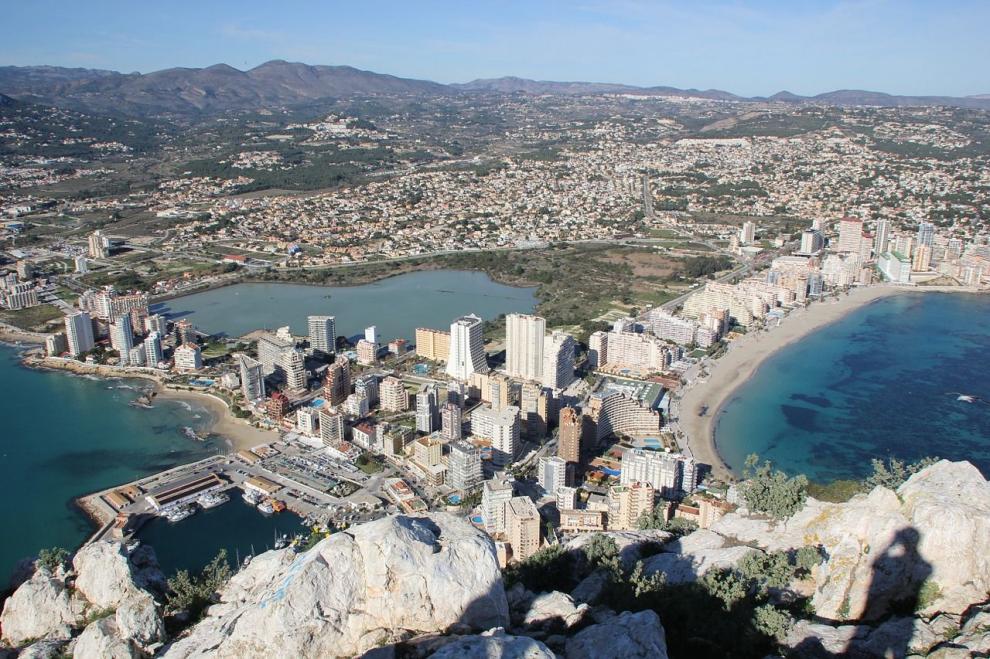Thessaloniki gets ready for its metro launch in November
The underground rapid transit lines have been under construction for almost two decades due to various project delays
 TheMayor.EU logo
TheMayor.EU logo 
The area around Alicante has been inhabited as early as 5000 BC by tribes of hunter-gatherers who have gradually arrived from Central Europe.
The Carthaginians conquered much of the land around Alicante, but the Romans pushed them away, imposing their rule over what they called Hispania Terraconensis for over 700 years. Rome fell into decline and by the 5th century AD Lucentum, the Roman predecessor town of Alicante, was controlled by the Visgothic warlord Theudimer. However nothing could stop the Arab conquest of Medina Laqant in the 8th century and the Moors ruled southern and eastern Spain until the 13th century Reconquista. In 1246 Alicante was conquered by the Castilian king Alfonso X. It passed in 1298 to the Kingdom of Valencia under King James II, gaining the status of Royal Village with representation in the medieval Valencian Parliament.
In the early 20th century, Alicante was a minor capital that enjoyed Spain's neutrality during World War I, to the benefit of local industry and agriculture.
The late 1950s and early 1960s the tourist industry started transforming the city. Large buildings and complexes rose in nearby Albufereta and Plava de San Juan, attracting, alongside the mild climate, prospective buyers and tourists. The development also spawned new businesses such as restaurants, bars and other tourist-oriented enterprises.
Alicante is a city and port in Spain on the Costa Blanca, the capital of the province of Alicante in the south of the Valencian Community. It is also a historic Mediterranean port. The population of the city of Alicante proper was 330,525, estimated as of 2016, which made it the second-largest Valencian city. The population of the metropolitan area (including Elche and satellite towns) was 757,085 as of 2014 estimates, making it the eighth-largest metropolitan area in Spain.
Alicante was one of the fastest-growing cities in Spain until the global recession's onset in 2008. The economic upsurge was dependent mostly on tourism, driven by the second residence-construction boom and oriented towards the beaches of the Costa Blanca. However, overconstruction has proved harmful to the environment, provoking scrutiny by the European Union. For example, the plans of the Port Authority of Alicante to build an industrial estate on reclaimed land in front of the city's coastal strip have came under fierce attack, as they were viewed as violating national and European regulations.
The city serves as the headquarters of the European Union Intellectual Property Office and a sizeable population of European public workers live there.
Since 2005 Ciudad de la Luz, one of the largest film studios in Europe, has had its base in Alicante where many Spanish and international movies have been shot.

The most distinctive highlights of Alicante are the Castle of Santa Barbara, which sits on Mount Benacantil, high above the city, and the port. The castle's tower (La Torreta) is its oldest part, while the lowest zone and the walls were erected later in the 18th century.
To the south-west of Santa Barbara castle lies Barrio de la Santa Cruz, the colourful quarter of the old town, with its small houses and narrow streets, decorated with flags and tubs of flowers, and climbing up the hill to the castle.
L'Ereta Park extends from the Santa Bárbara castle down to the old part of Alicante and consists of several levels, routes, decks and rest stops which offer a panoramic view of the city.
The promenade Explanada de España runs from the Port of Alicante to the Gran Vía, ending at the famous statue of Mark Hersch. It is lined by palm trees and paved with 6.5 million marble floor tiles that create a wavy form, making it one of the most spectacular promenades in Spain.
Just a few kilometers from Alicante on the Mediterranean Sea lies Tabarca island, once a pirate haven.
Source: holidayexotica.blogspot.com
Plaza Ajuntament 1,
03002 Alicante, Spain